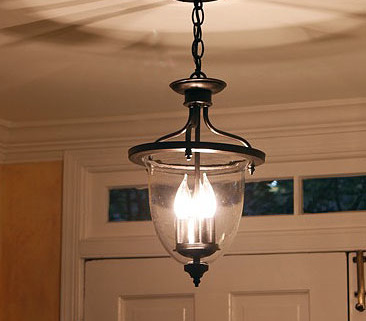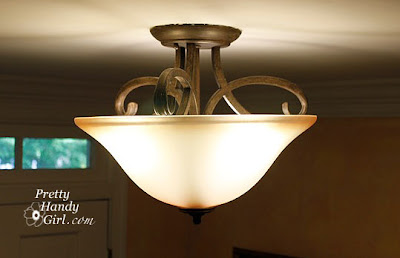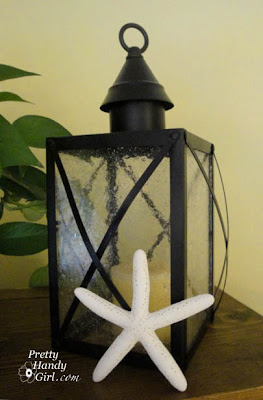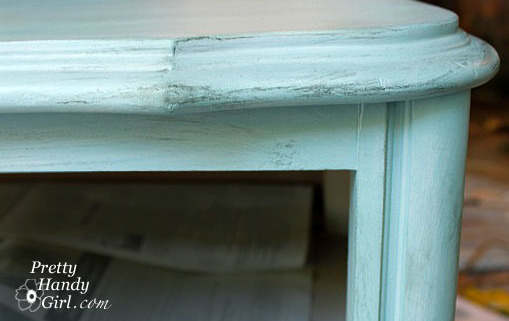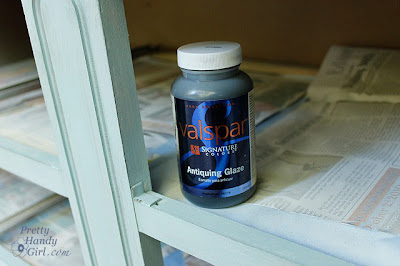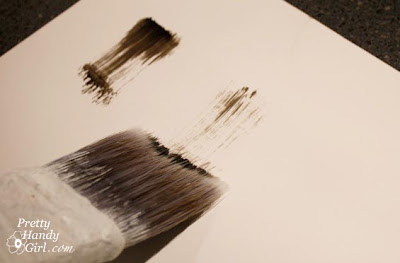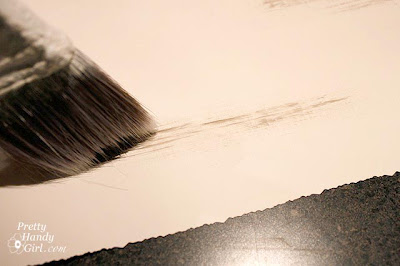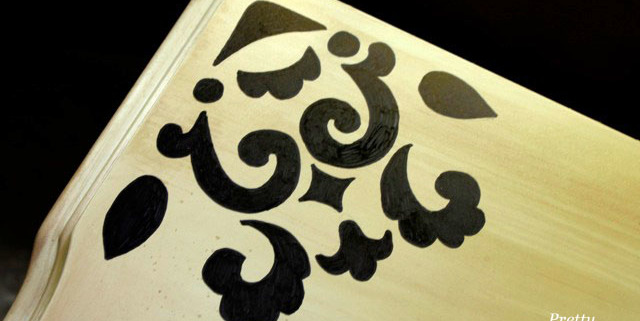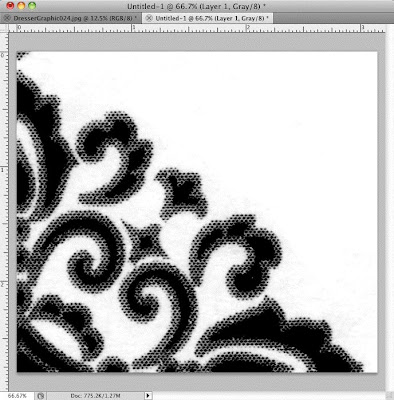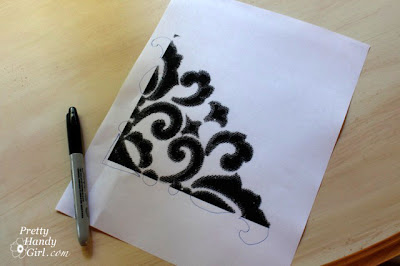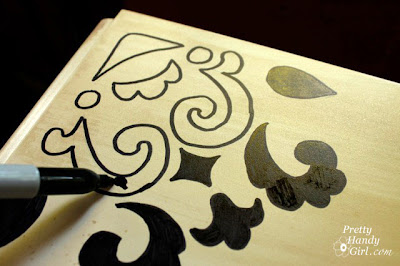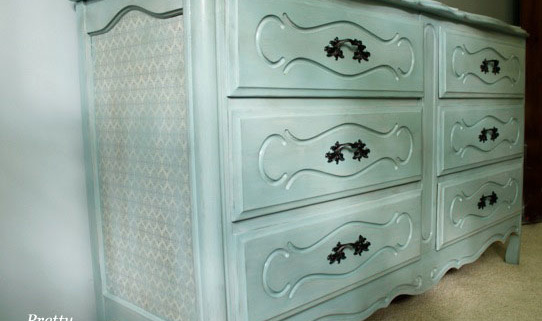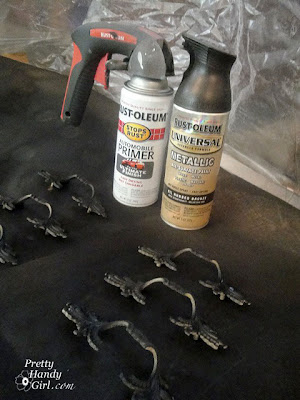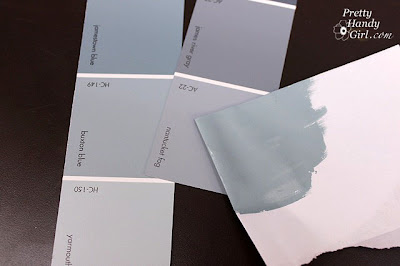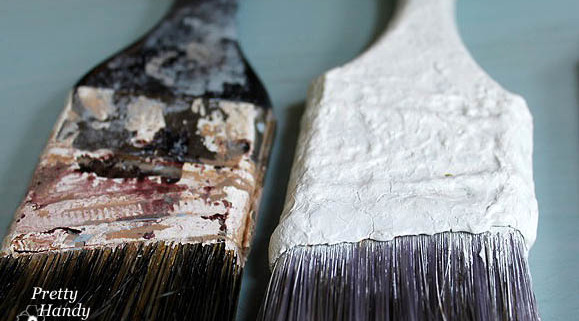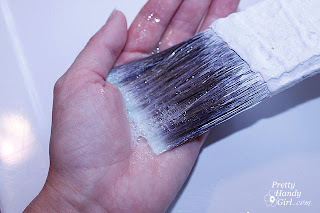Today I have the skinny on paintbrushes, they all look alike, but they don’t behave alike! Pretty Handsome Guy and I have painted our fair share of rooms, especially dated brown trim moulding. One thing we learned early on is that buying a good brush was key to making a difficult job more manageable. When we first moved in and were cheap didn’t know any better, we bought the least expensive store brand brush we could find. What a mistake! Those brushes barely held up to one room of trim. The bristles frayed and the paint brushes lost their chisel shape.
Case in point:
(That being said, the same thing can happen to a good quality paint brush if you don’t clean and care for it properly. More on that later.)
But, if you spend a little more to buy a good quality brush and take good care of it, you can use that brush for years!!!
Above you can see the cheap store brand used maybe 2-3 times.
A brush we have owned and used for 8 years!
And a brand new never used Purdy brush.
(I encourage you to click on the picture to see it enlarged!)
Close up of the layers of paint on that 8 yr. old Purdy!
Recently Purdy contacted me and asked if I wanted to try one of their brushes and maybe blog about it. I said sure, but I felt a little guilty. Why? (Whispering: Well, because we already have an arsenal of Purdy brushes in our painting supplies. When it comes to brushes, that is all we buy.) Okay, this is where I need to tell you that – yes, Purdy sent my a free brush and 5-in-1 painting tool to try out. But, did they pay me? No. And, did they ask me to write a positive review? No. So, I am being totally honest with you when I say that I do like their brushes. That being said, I have not tried some other high quality brushes. The only thing I do wish was different about Purdy brushes, is that they would develop an ergonomic handle for their brushes. After an hour of painting trim my hand always cramps up.
I haven’t bought any ergo handle type brushes, but I have seen this brush from Proform Technologies:
 |
| I might just have to try one of these next time. |
Okay, so I sold you on buying a good brush, and you were shocked by the price tag. Now I want to show how to care for that brush so it will behave for you (and you won’t have to replace it anytime soon.)
Be sure to clean your brush before the paint can dry on your brush. If you can’t wash it immediately, go ahead and leave your brush in a jar of water (or mineral spirits or turpentine for oil based stains or paint).
When you are ready, here is how to properly wash your paint brush:
1. Rinse out as much paint as you possibly can.
2. Bend the bristles against your palm or the bottom of your sink.
Repeat on the opposite side.
3. Gently separate the brush to expose the core
and rinse any paint out of the inside of the brush.
4. Squirt some dish or hand soap in your palm.
Working in a circular motion, mix the soap in your hand with your brush
until a big lather forms.
5. Then rinse all the soap out bending the bristles if needed.
6.Repeat steps 2-5 until the water runs clear.
7.Squeeze all the paint out of your brush using your fingers like a squeegee.
Then hang your brush upside down to dry.
I used large paper clips to make these hooks that hang over the sink.
If you are using an oil based paint you will want to substitute mineral spirits or turpentine for the soap and water. I also try to keep the brushes I use for oil paint or stains separate from my latex brushes.
Happy painting for years to come!

